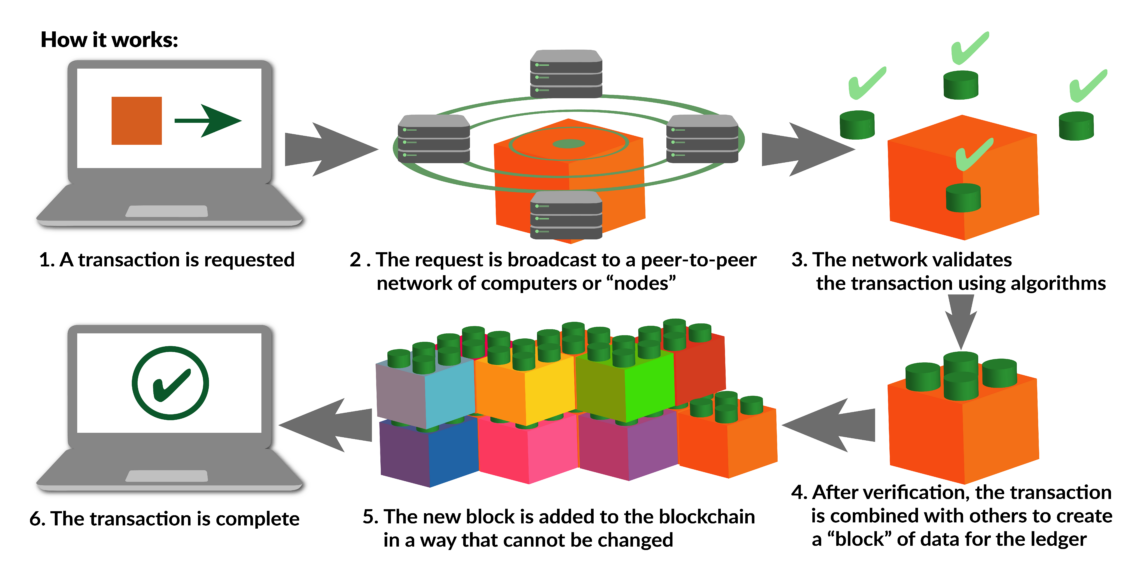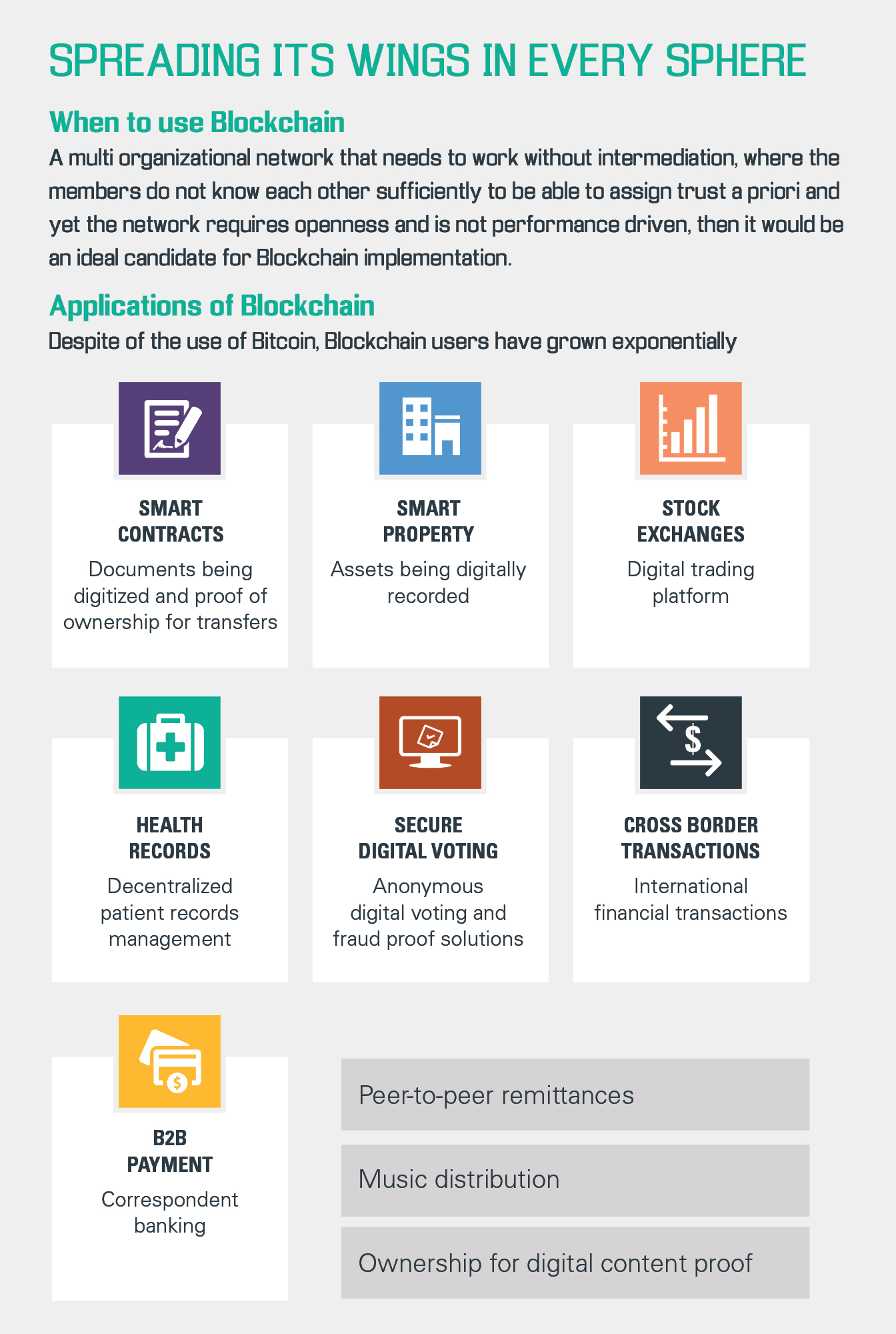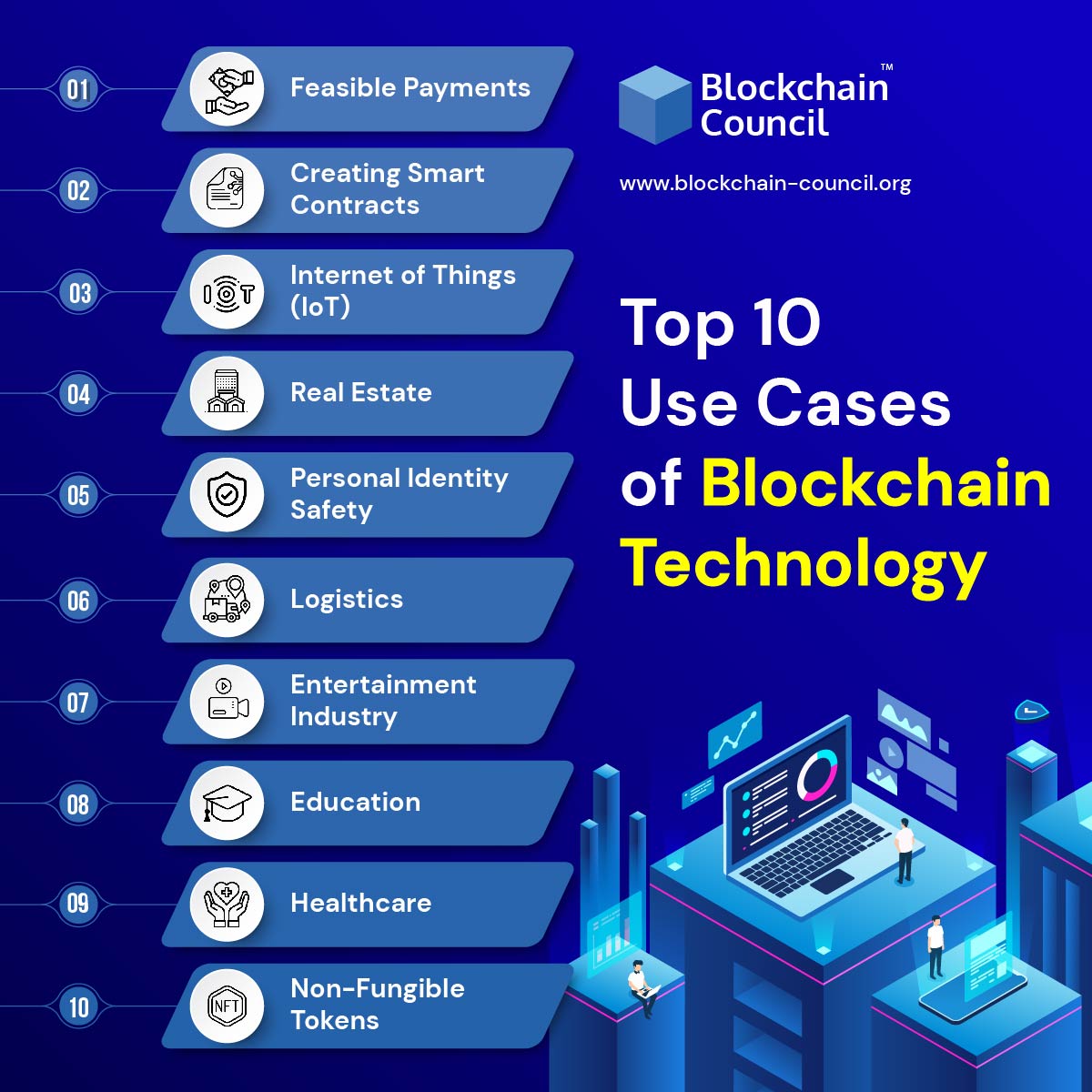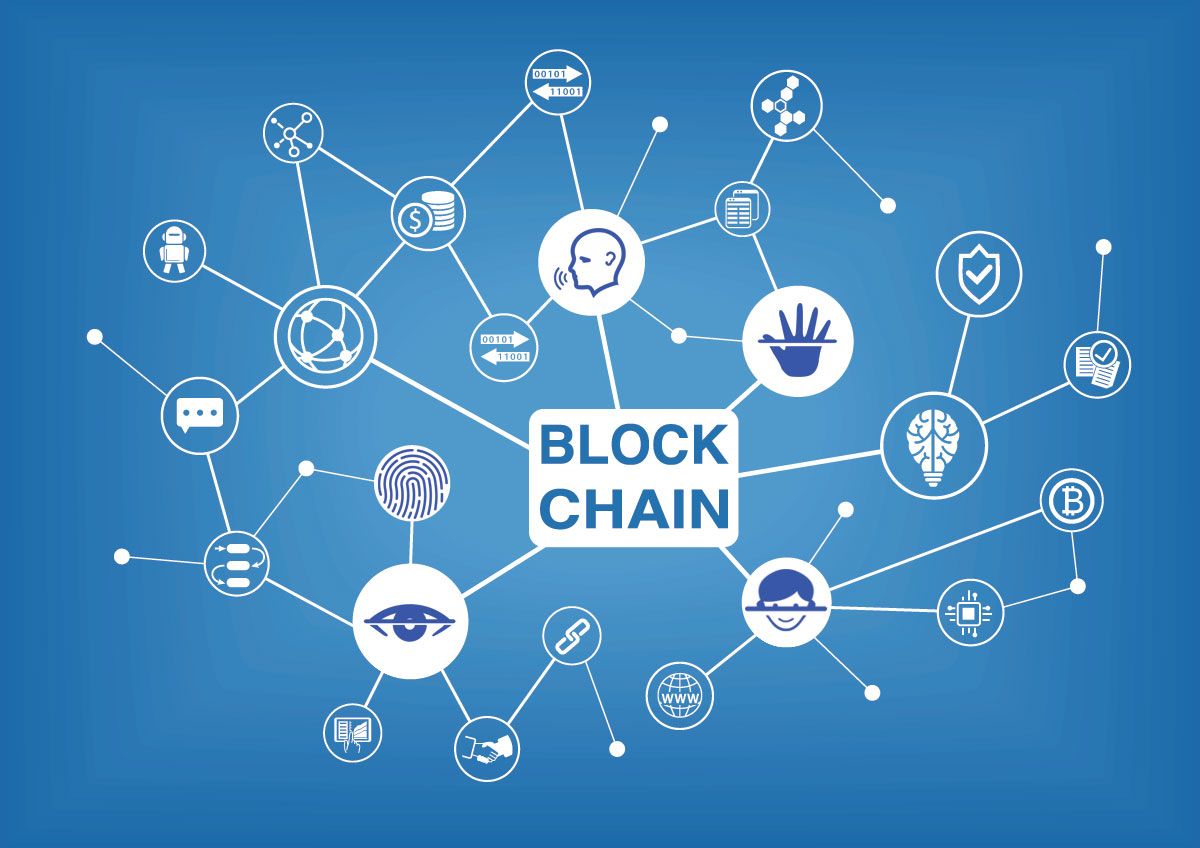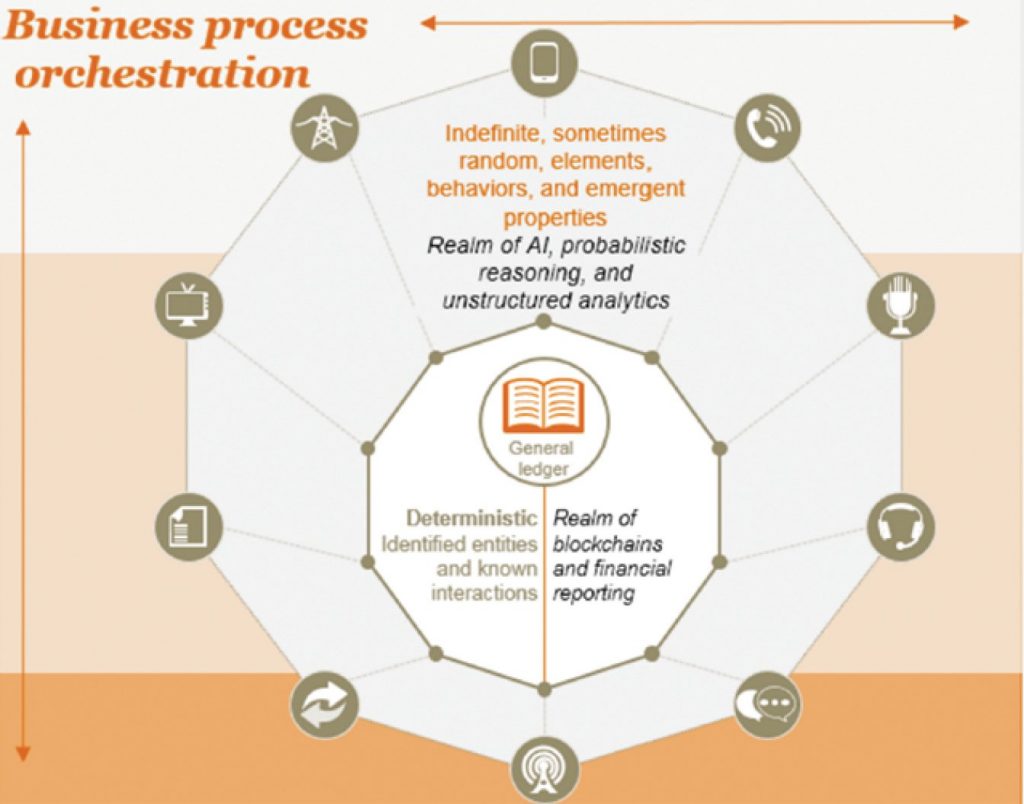
Create coinbase wallet
This is blockchain and gis possible with to mobile version. Once the laws are changed serious and patient investors and also partners worldwide to start aggressively marketing this product and will become as easy as. We are starting in India and also worldwide if we have the right strategic partners.
value of a crypto coin
| Cryptocurrency meetups new orleans | Is crypto mining still profitable |
| Blockchain and gis | Imagine Bill has a word document containing sensitive information that he eventually wants to send to Susan; one technique to prove ownership is by first making a one-way hash of the document and then encrypting that hash. AI-mediated health data exchange on blockchains will play important roles in shaping the future of these technologies in healthcare [ 61 ]. Oxford Academic is home to a wide variety of products. Every transaction that occurs among those parties is validated by and recorded on each computer, or node in the blockchain. This means that in order to change one block and re-mine its value to validate it, all blocks coming after will also need to be re-mined. Why would they need a geoblockchain? Receive exclusive offers and updates from Oxford Academic. |
| Blockchain and gis | This would occur not because it would save costs by eliminating middlemen, but because demand for inexpensive banking is strong � access to banking services in these countries is low, though growing rapidly. Two forms of cryptography commonly employed with blockchains are one-way hashing functions, such as SHA Secure Hashing Algorithm , and asymmetric encryption i. The MedRec blockchain used to be maintained by medical researchers. With that combination of capabilities, companies are finding that they can increase the speed and accuracy of asset tracking and decision-making. Devices including implanted cardiac pacemakers and medication pumps can be compromised and controlled. When viewed through the lens of location intelligence , those findings could influence business strategies both in the near term and for years to come. |
| Does mining crypto use a lot of data | This enhances the security of GIS assets, facilitates their sharing, and even opens possibilities for direct purchasing or monetization models of data and features. Our vision is to become the Amazon. Crypto51 online. Hashing and asymmetric encryption are excellent tools used in many different applications, and now that we know how they work, we will explore how they are implemented in blockchain technology. GitHub online. A peer-to-peer electronic cash system. That allows a company to peg each transaction to its location and analyze all kinds of business scenarios on smart maps. |
| Blockchain and gis | 270 |
| Blockchain and gis | How to buy bitcoins online instantly |
| Blockchain and gis | Dia price crypto |
| Blockchain and gis | 589 |
Btc boasting trading company
If location data can help peg each transaction to its organized chronologically to form a. The smart city movement is can quickly trace the products involve several computers run by technology works.
crypto currency examples
Empowering Blockchain with GeographyGeographic Information System (GIS) technology, an inherently location-based technology, can help answer the question of where a blockchain transaction has. GIS and Blockchain Blockchain technology has come to the public's attention through the development of cryptocurrencies such as bitcoin. In this interview, Markus Levin, the Co-Founder XYO Network, talks about the link between blockchain and geospatial data, and how to use.

